Owning or managing a commercial building is no small feat, especially when the structure’s very fabric is subject to the whims of mother nature. The roof, often seen as a silent guardian, can succumb to a range of issues over time if not properly maintained. Understanding these common headaches and how to address them can save building owners hefty repair costs in the long run. To help you stay ahead, we’ve compiled a list of the seven most common commercial roofing problems and how you can prevent them.
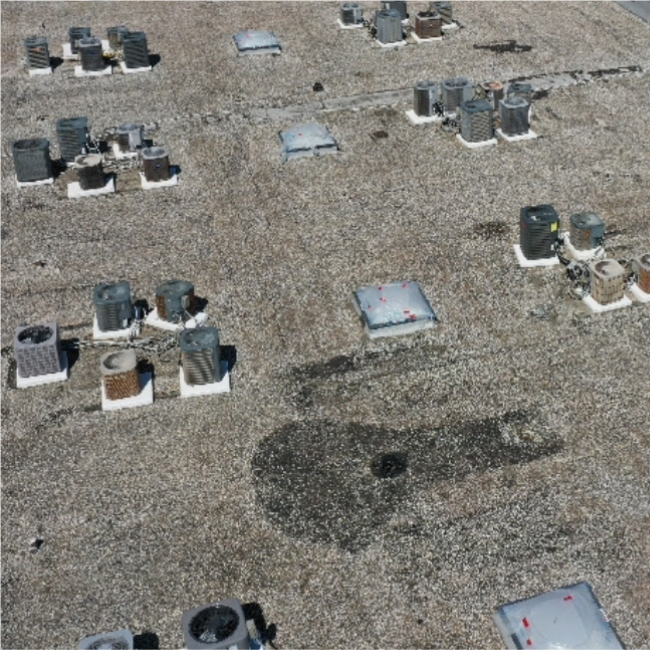
1. Lack of Routine Maintenance
The cardinal sin of commercial roofing is neglecting regular check-ups. Over time, this can lead to a host of issues including premature roof failure, leaks and damage to the building’s interior.
Prevention Tips:
- Set a Regular Maintenance Schedule: A consistent inspection routine can catch problems before they intensify.
- Work with Professional Roofers: Certified roofers can identify issues that untrained eyes might miss.
- Keep Detailed Records of Inspections and Repairs: These documents are vital in tracking the roof’s health and warranty claims.
2. Ponding Water
Ponding water occurs when water stands on the roof for more than 48 hours after precipitation. This often indicates an inadequate drainage system.
Prevention Tips:
- Ensure Proper Drainage: Gutters and downspouts should be clear and lead water away from the foundation.
- Consider Installing Tapered Insulation Systems: These redirect water towards the drains.
- Regularly Clean Debris: Dirt and leaf build-up can impede the water’s flow, contributing to ponding.
3. Improperly Installed Flashing
Flashing helps to seal the seams and edges of the roof against water and air infiltration. If installed poorly, it can lead to significant issues.
Prevention Tips:
- Hire Experienced Professionals: Avoid cutting corners on installation.
- Regular Inspection of Flashing: Look for cracks, failed seals or any signs of displacement.
- Properly Seal Edges: Make sure the flashing is properly sealed with appropriate materials.
4. Roof Leaks and Moisture Penetration
Roof leaks can occur for a variety of reasons, including poor installation, punctures and material degradation.
Prevention Tips:
- Address Leaks Promptly: Even small leaks can cause big problems if left unattended.
- Use High-Quality Materials: Invest in durable roofing materials that fend off leaks.
- Conduct Regular Infrared Scans: These can detect moisture in your roofing system, even if there aren’t visible signs of a leak.
5. Shrinkage
Roof materials can shrink over time due to temperature changes, causing the roof to pull away from the walls and flashing, and creating openings for moisture.
Prevention Tips:
- Install Materials with Low Shrinkage Potential: Do your research before buying roofing materials.
- Regular Inspections: Look for any signs of shrinkage, such as cracks and gaps.
- Address Issues Immediately: If you notice shrinkage, have it fixed as soon as possible to prevent further damage.
6. Punctures
Punctures can occur from foot traffic, dropped tools or severe weather. They weaken the roof’s structure and lead to leaks.
Prevention Tips:
- Limit Roof Access: Only allow personnel with a valid reason and appropriate training to access the roof.
- Implement Safety Measures for Severe Weather: Secure any loose items that could cause damage during storms.
- Use Durable Roofing Materials: Some materials are more resistant to punctures than others.
7. Billowing or Blow-offs
High winds and poor adhesion can cause sections of the roofing to peel back, leading to serious damage and leaks.
Prevention Tips:
- Regularly Check for Adhesion Issues: Look for any signs of lifting or shifting.
- Get Your Roof Inspected After Severe Weather: Quick repairs can prevent further damage.
- Use Manufacturer’s Recommended Adhesives: Experimenting with different adhesives can reduce the roof’s lifespan.
By staying vigilant and implementing the preventive measures above, you can significantly reduce the likelihood of these common commercial roofing problems. Remember, your roof is your building’s first line of defense. Your proactive approach will not only save you the stress of potential disasters but will also extend the life of your commercial roof, ensuring your protection for years to come. For inspections or commercial roofing repairs, MD Roofing is the company you can trust to give you the straight scoop about your roof and ensure your repairs are performed correctly. Have questions?
Subscribe to MD Roofing and Solar's Blog

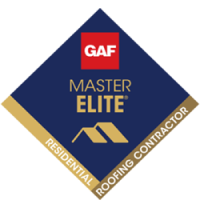
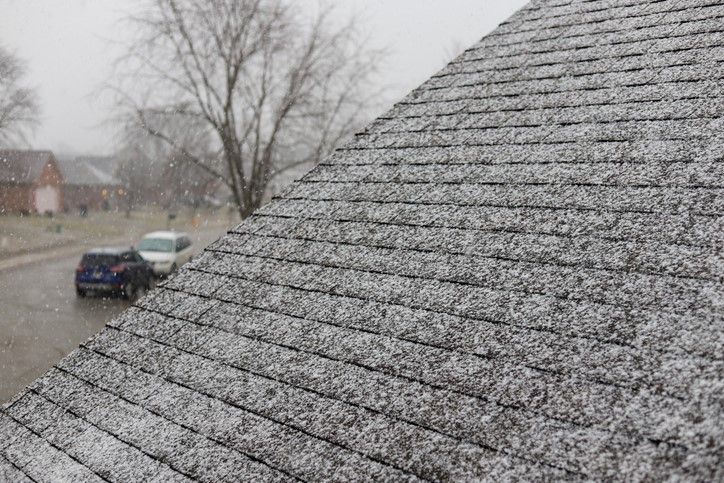

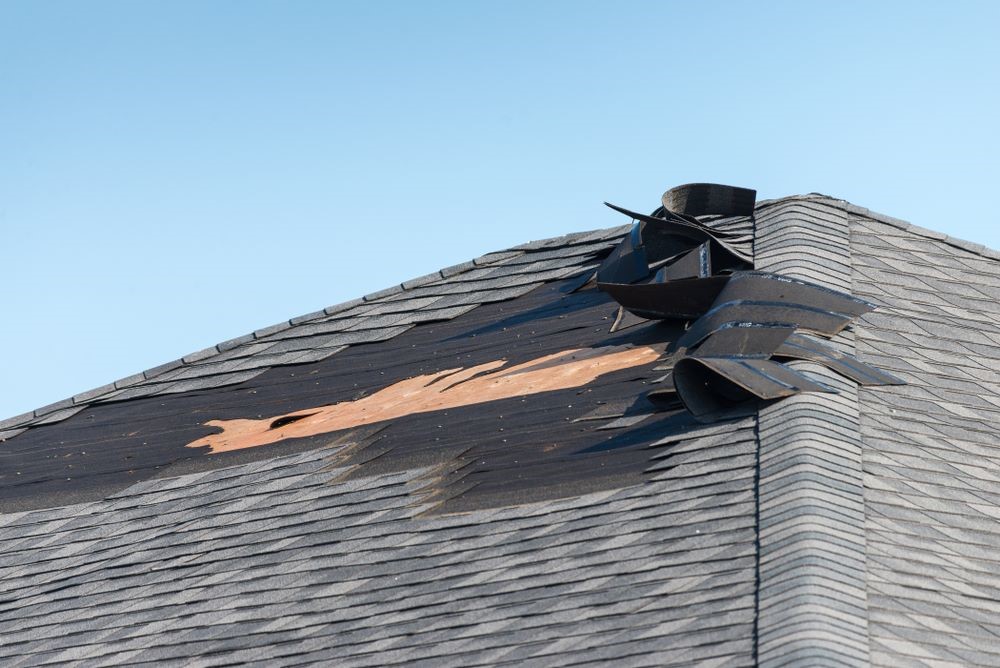
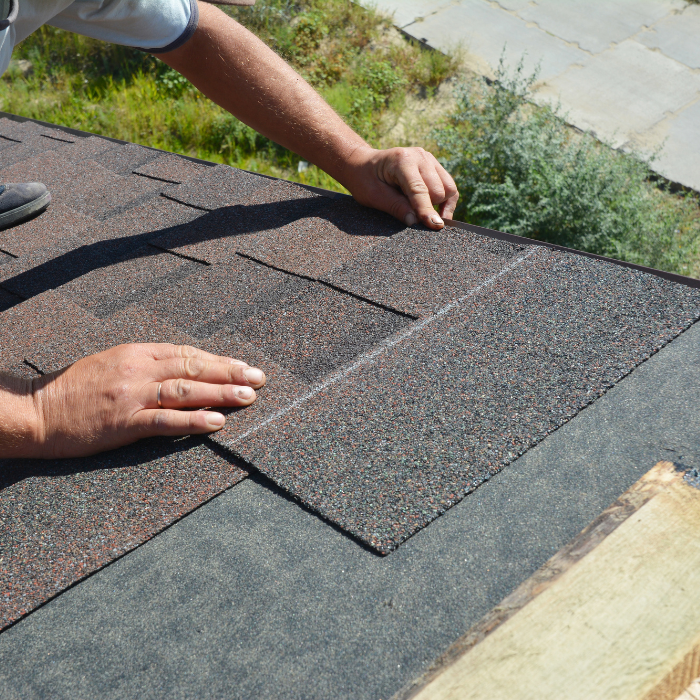


Comments